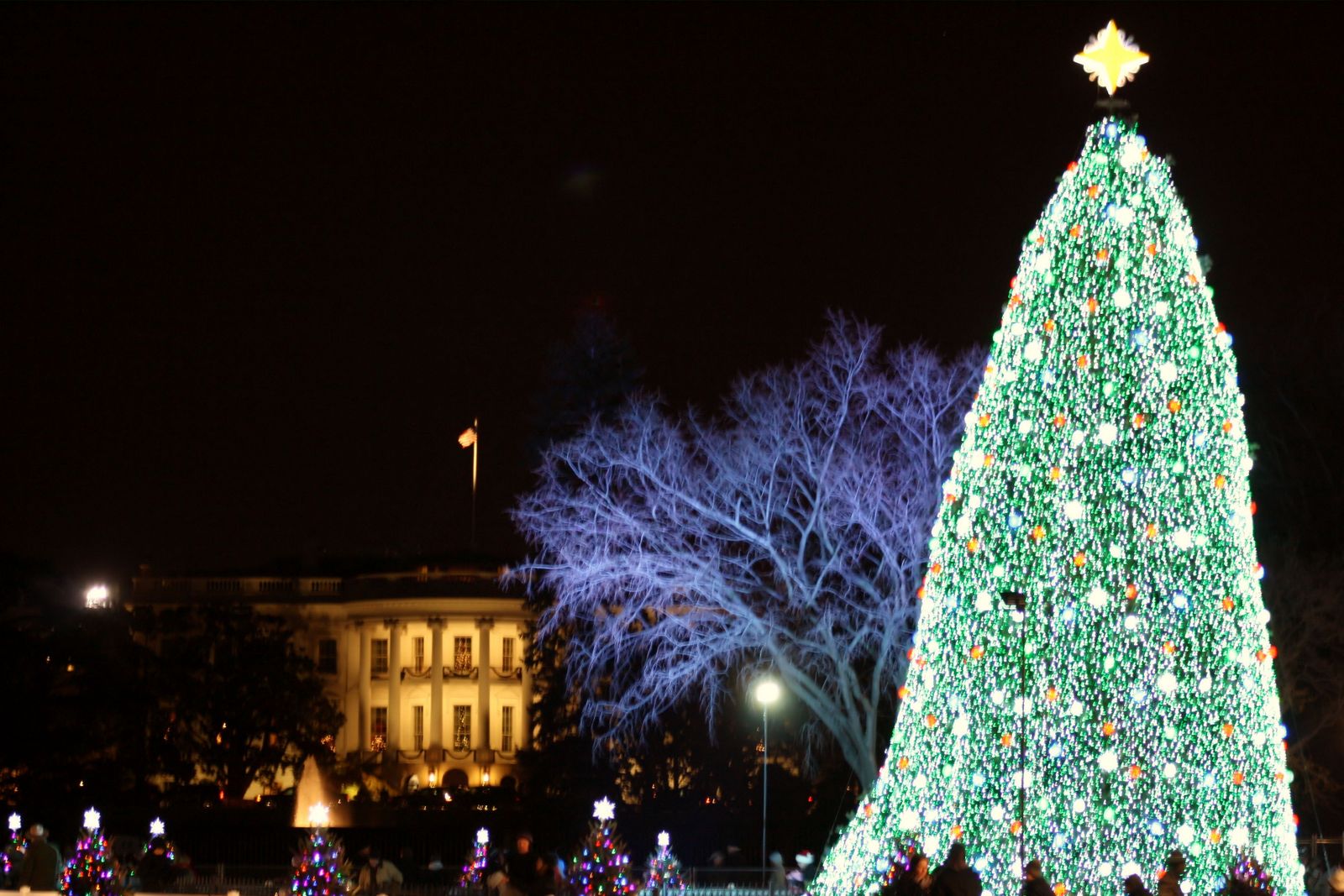LEDs Are Holiday Gifts That Keep on Giving (Op-Ed)


Noah Horowitz is a senior scientist and director of the Center for Energy Efficiency at the NRDC. This Op-Ed is adapted from a post to the NRDC blog Switchboard. He contributed this article to LiveScience's Expert Voices: Op-Ed & Insights.
When choosing lighting to decorate your home inside and out this holiday season, give yourself a gift by purchasing light-emitting diode (LED) lighting. LEDs not only use 80 percent less energy than conventional incandescent lights, they also come in every imaginable color and shape, can blink and some strings even resemble melting icicles.
Unlike traditional incandescent Christmas tree lights that can get so hot they can burn your fingers, LEDs are cool to the touch. And the amount of electricity required to keep a single, traditional, 7-watt incandescent Christmas bulb burning today can power 140 LEDs — or two 24-foot strings of holiday lights — according to the U.S. Environmental Protection Agency (EPA).
And, says EPA, if all of the decorative light strings in America met ENERGY STAR® energy-savings requirements, Americans could cut our nation's electric bill by 700 million kilowatt-hours per year — which translates to total annual utility cost savings of around $90 million. That would buy a lot of gifts — more than 25,000 brand-new Toyota Priuses, for example.
Saving all that electricity also would avoid a significant amount of dirty power generation and pollution — so we'd be giving another holiday gift, too.
LED holiday lights can last up to 20,000 hours, so they'll also be twinkling for many years to come. A string of 150 small holiday lights costs about $12, or less, at the big box stores, which is a bargain considering how long they last and that they'll pay for themselves via the energy they save. If you're the type that enjoys creating outdoor holiday displays so stunning that cars stop to admire your decked-out lawn, you might be able to cut your holiday electric bill by an estimated $100 or more by using LED lights instead of the older incandescent versions.
Still not ready to abandon your incandescent holiday lights? You can reduce your energy bill by turning them off during the day and/or putting them on a timer to make sure they're not burning when no one's home or everyone is asleep at night.
Get the world’s most fascinating discoveries delivered straight to your inbox.
Why stop with holiday lights?
Here's an even bigger holiday gift suggestion: If an energy-efficient LED light bulb was in each of America's 3 billion screw-based sockets that still contain an inefficient incandescent or halogen bulb, Americans together could save a whopping $13 billion annually on utility bills — and 30 coal-burning power plants' worth of electricity.
You can make a start by purchasing one of those new LED bulbs available at stores such as Home Depot and Wal-Mart to give as a Christmas gift. They start at around $10 each, and over their 25-year lifetime, an LED bulb will save over $150 compared to a standard 60-watt bulb that needs replacement each year. Once they've "seen the light" about LEDs, the lucky gift recipients will want to buy more. NRDC's recently updated light bulb shopping guide makes it really easy to choose the right LED bulb to replace those old, inefficient incandescents.
Taking the savings to the streets
While you're watching out the window for Santa, take a moment to notice the streetlights shining in the darkness, which continues for about 14 hours a day in the dead of winter. There are more than 26 million inefficient lights illuminating America's streets, parking lots and highways. If all of them were magically switched to far more energy-efficient LED lamps — by Santa or forward-thinking municipalities that want to make a good investment to lower their power bills (and property-owners' tax bills) while helping to reduce global warming pollution — Americans could together save about a billion dollars a year.
What's more, if LEDs continue to become more efficient, and if every fixture (including residential, outdoor, commercial and industrial) in America contained one, the U.S. Department of Energy projects the nation would save $30 billion annually in 2030.
Now that would be a wonderful gift to our wallets as well as the environment.
Horowitz's most recent Op-Ed was "A 'Green' Guide to Holiday Electronics Gifts." This Op-Ed was adapted from "LEDs: A Holiday Gift That Keeps on Giving" on the NRDC blog Switchboard. The views expressed are those of the author and do not necessarily reflect the views of the publisher. This version of the article was originally published on LiveScience.



